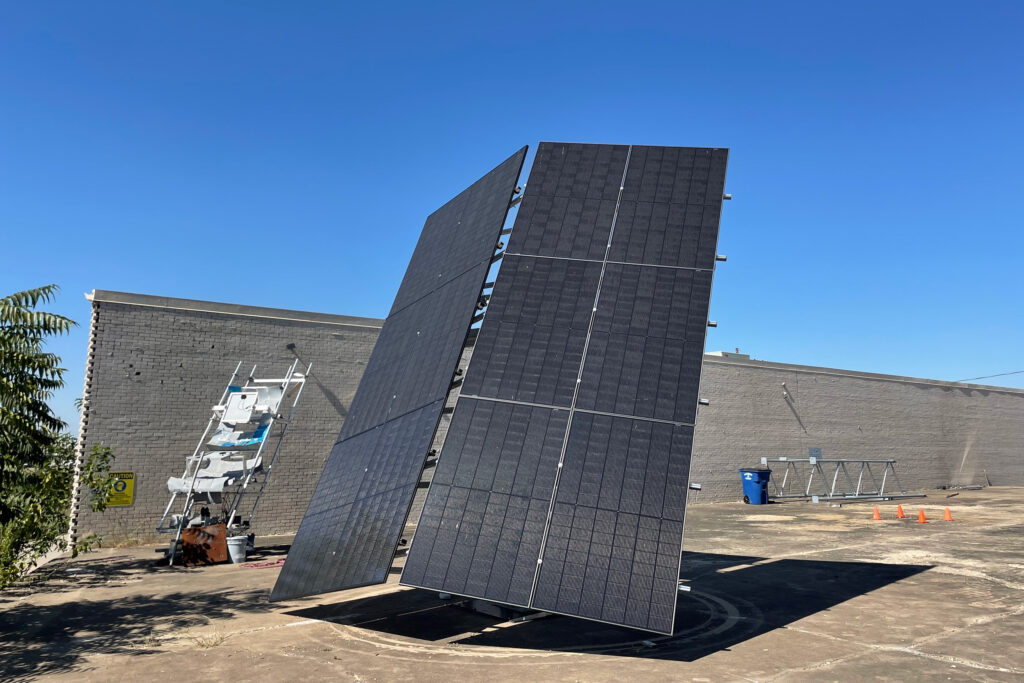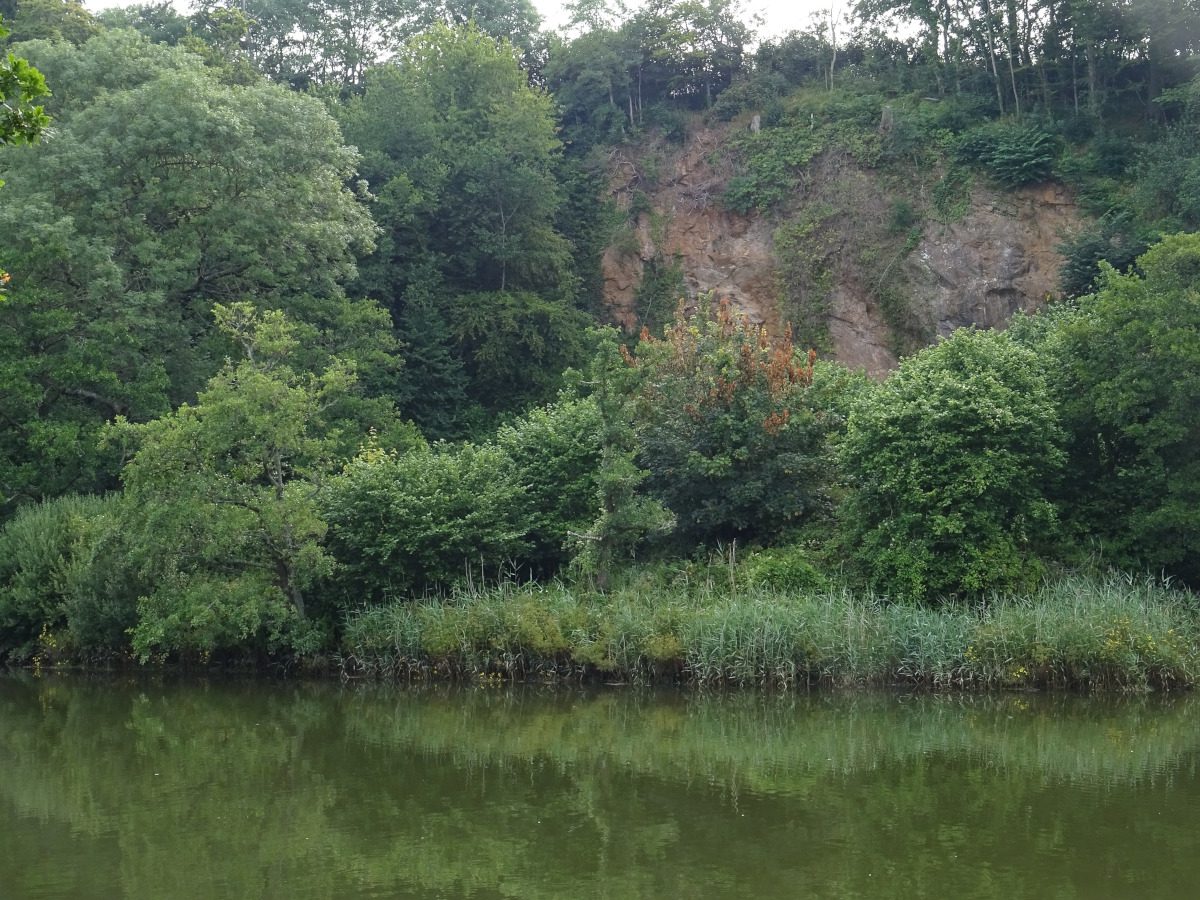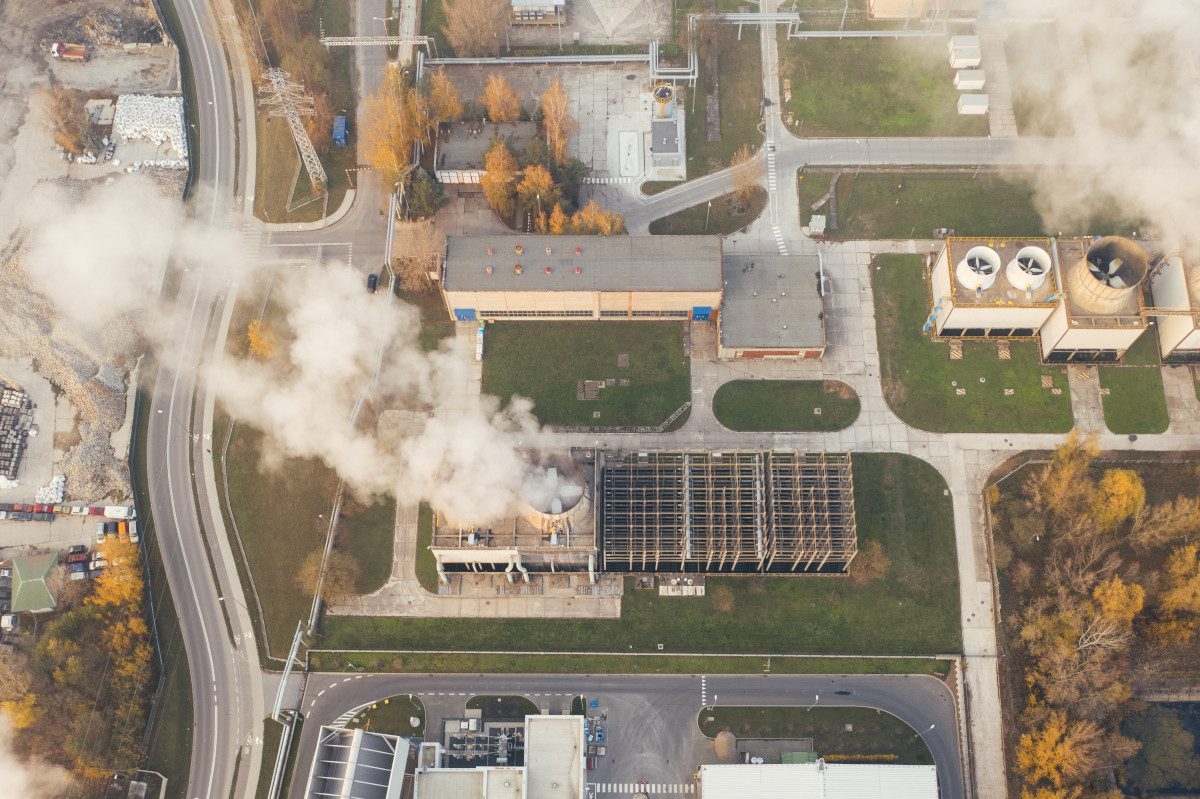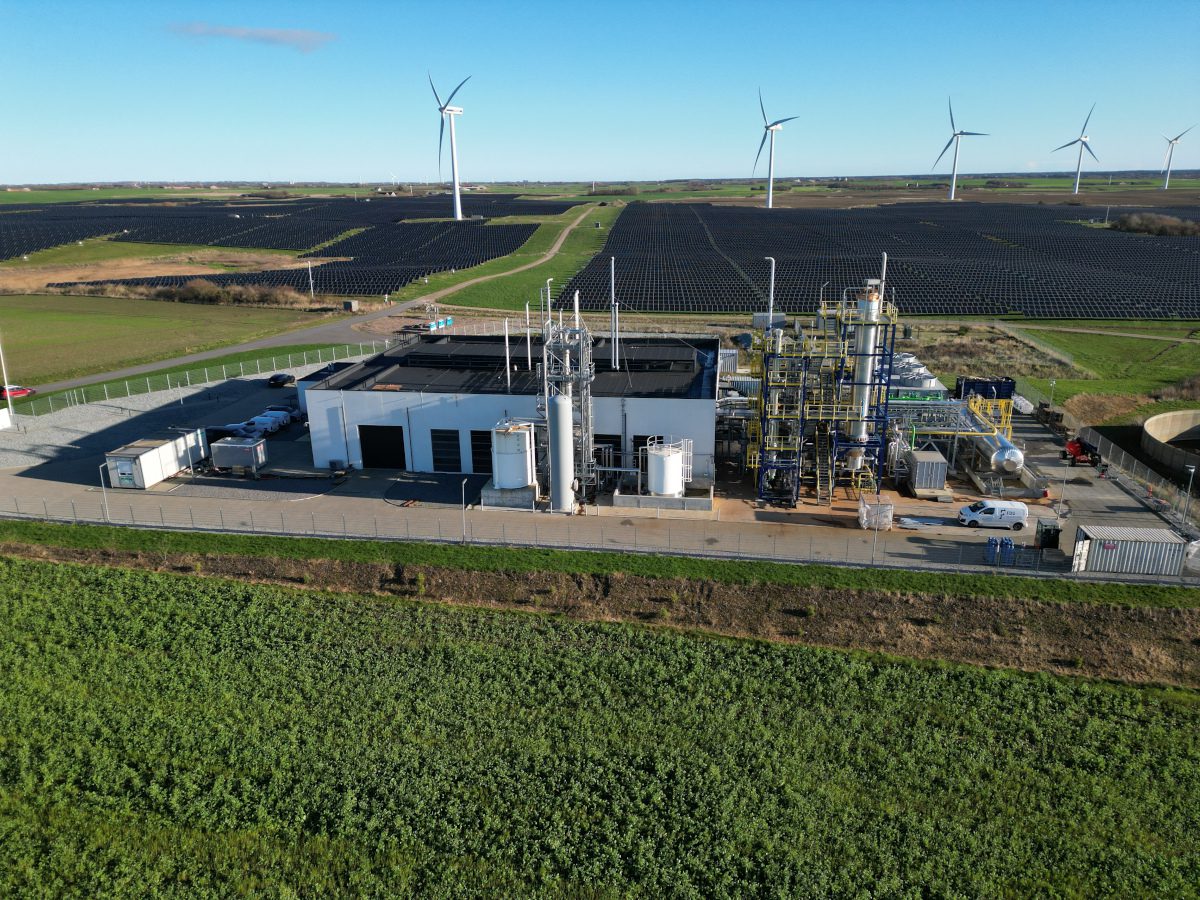In 1971, President Richard Nixon’s science advisers proposed a multimillion dollar climate change research project with benefits they said were too “immense” to be quantified, since they involved “ensuring man’s survival,” according to a White House document newly obtained by the nonprofit National Security Archive and shared exclusively with Inside Climate News.
The plan would have established six global and 10 regional monitoring stations in remote locations to collect data on carbon dioxide, solar radiation, aerosols and other factors that exert influence on the atmosphere. It would have engaged five government agencies in a six-year initiative, with spending of $23 million in the project’s peak year of 1974—the equivalent of $172 million in today’s dollars. It would have used then-cutting-edge technology, some of which is only now being widely implemented in carbon monitoring more than 50 years later.
But it stands as yet another lost opportunity early on the road to the climate crisis. Researchers at the National Security Archive, based at the George Washington University, could find no documentation of what happened to the proposal, and it was never implemented.
We’re hiring!
Please take a look at the new openings in our newsroom.
See jobs
“Who knows what would have happened if we had some kind of concerted effort, just even on the monitoring side of things?” asked Rachel Santarsiero, an analyst who directs the National Security Archive’s Climate Change Transparency Project.
It turns out that the monitoring proposal, which was authorized by the head of Nixon’s White House Office of Science and Technology, Edward E. David Jr., did get a second life in another form. After leaving the Nixon administration, David joined the oil giant Exxon, and as president of the Exxon Research and Engineering Company from 1977 to 1986, he signed off on a groundbreaking Exxon project that used one of its oil tankers to gather atmospheric and oceanic carbon dioxide samples, beginning in 1979. That research, which was first reported by Inside Climate News in 2015, confirmed fossil fuels’ role in global warming. It also showed the oil industry knew the harm of its products and is now a key piece of evidence in lawsuits by states and cities across the country seeking compensation from the oil industry for climate damages.

The National Security Archive relies on the Freedom of Information Act to obtain such historical documents, and it currently maintains one of the largest non-governmental archives of declassified government documents—many relating to military and security issues. In the past year, the Archive has launched a project specifically to compile the historical record of the U.S. government’s reckoning with climate change. On Friday, to mark Earth Week, the group released a briefing book detailing climate change discussions in the Nixon White House, including the new document.
It has long been known that Nixon’s advisers warned him of the risks of global warming. A tranche of documents released by the Nixon Presidential Library in 2010 showed that his then-adviser Daniel Patrick Moynihan urged his administration to engage with the issue as early as 1969. Moynihan, who later served 24 years as U.S. Senator from New York, noted that sea level rise of 10 feet was possible with a 7-degree Fahrenheit (3.9-degree Celsius) temperature increase. “Goodbye, New York,” he wrote. “Goodbye Washington, for that matter.”
But the newly revealed Dec. 20, 1971, research proposal by the White House Office of Science and Technology shows for the first time that Nixon’s science advisors embarked on an extensive analysis of the potential risks of climate change and an assessment of the data needs.


The purpose of the project would be to “assess current and future impact of natural climatic changes, provide alerts to potential catastrophic trends and gain new environmental insight and understanding as a basis for wise strategies,” reads the research plan, which is unsigned but was conducted under the authority of David.
Under a section marked “cost-benefit analysis,” the authors wrote, “No analysis is feasible. Benefits are immense, but not quantifiable, since this element contributes to ensuring man’s survival.”
Nixon’s aides proposed that the government embark on development of new instruments using lidar, or light-detecting and remote sensing—a technology then less than a decade old—to better measure carbon in the atmosphere. They were correct on the advantages of lidar, but it would be more than four decades until scientists at NASA and around the world began to implement its use to study not just the concentration of carbon dioxide, but its global distribution and daily variations.
“I felt like this document was really ahead of its time,” Santarsiero said.
Decades before a scientific consensus emerged on climate change, Nixon’s science advisers conveyed an understanding of the risks. Research, they wrote, would assist in “taking of protective measures against potential natural disasters such as large-scale inundation of low-lying coastal regions, broad extensions of ice sheets and severe health hazards.”
“No analysis is feasible. Benefits are immense, but not quantifiable, since this element contributes to ensuring man’s survival.”
The advisers showed awareness of the role of fossil fuel pollution in climate change, even if their understanding was incomplete. “Transportation on land or in the air exerts a deleterious effect upon the atmosphere and is in turn affected by it,” they wrote.
“They readily admitted that the science wasn’t there yet to solve these problems,” Santarsiero said. “But they said we still need to take action, and the science will grow alongside, to help us tackle these issues. That attitude just feels markedly different from the discourse that’s happening today, where we can’t even get general consensus, and that basically halts preventative or mitigation efforts in its tracks.”
Nixon, indeed, left behind a far more progressive record on the environment than his Republican successors. He proposed and established the Environmental Protection Agency and later embraced a national Earth Day, expanding on the idea launched earlier by U.S. Sen. Gaylord Nelson, a Wisconsin Democrat. Although the U.S. government never embarked on a carbon dioxide monitoring plan as ambitious as the one Nixon’s science advisers proposed, it would expand its research stations, as they advised, beyond the one site at Mauna Loa, Hawaii, which had been operating since 1958. The National Oceanic and Atmospheric Administration opened additional carbon dioxide measurement stations at Barrow, Alaska; American Samoa; and South Pole, Antarctica, in 1973.
This story is funded by readers like you.
Our nonprofit newsroom provides award-winning climate coverage free of charge and advertising. We rely on donations from readers like you to keep going. Please donate now to support our work.
Donate Now
But by then, with the Watergate scandal engulfing Washington, the Nixon administration was unraveling. Nixon, who had privately railed against environmentalists for wanting humans to “go back and live like a bunch of damned animals,” as Santarsiero recollects in her briefing book, abolished his science and technology office. Its leader, David, quit in frustration early in 1973, according to his New York Times obituary in 2017.
While at Exxon, David continued to press for more science related to global warming, and in addition to the sampling research, he oversaw a transition to more climate modeling work—some of which was remarkably on target in its projection of temperature increase related to carbon dioxide concentrations. But in a coda to his career, he signed on to a 2012 Wall Street Journal opinion piece in which climate science skeptics argued there was no compelling reason to decarbonize the world’s economy.
Ultimately, U.S. government researchers at NASA, NOAA and other agencies would lead much of the science that led to a consensus on global warming. But government policy has lagged far behind the warnings of scientists, as the latest document from the Nixon archives underscores.

















